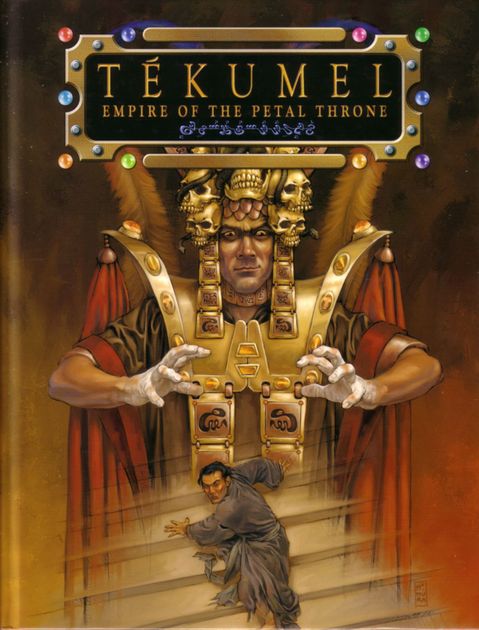


Theses aren’t the only rules in the whole game, of course, but they are really the only ones that should come up in actual play, as the rest are more for character design. The entire rules chapter is only about twenty pages long, and manages to squeeze in teamwork, advanced optional rules, weapon tables, two pages of poisons, and even several social rules. This continues into combat, where we finally learn why it’s a bad idea for an unarmed man to go up against someone with a sword, unless he’s really good, but why trying the same thing against two spearmen who work together is still a bad idea. I like this system, simple, easy to play, but allows for a great deal of creativity and flexibility in character design. There are some interesting rules regarding teamwork that have been solidly embedded into the game itself. I like ‘em, they fixed some problems I had with the basic system. I’d rather talk good and bad.įirst of all, the rules are a creative take on the Tristat system. A lot of reviews break things down into setting specifics, rules, and so forth. Given the historical facts, I expected something as deep and rich as Tolkien, without the mandatory storyline that defines Middle Earth. I thought this would be a great new setting, a chance to see something a bit more coherent than the typical D&D style fantasy setting. Tekumel is one of the original Game Settings in RPGs, and apparently the author has been running a campaign for thirty years. There was much cheering in the air, despite the fact that I only recently learned about this piece of Gaming Lore. I recently received my copy of Tekumel in the mail.


 0 kommentar(er)
0 kommentar(er)
